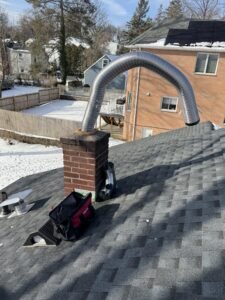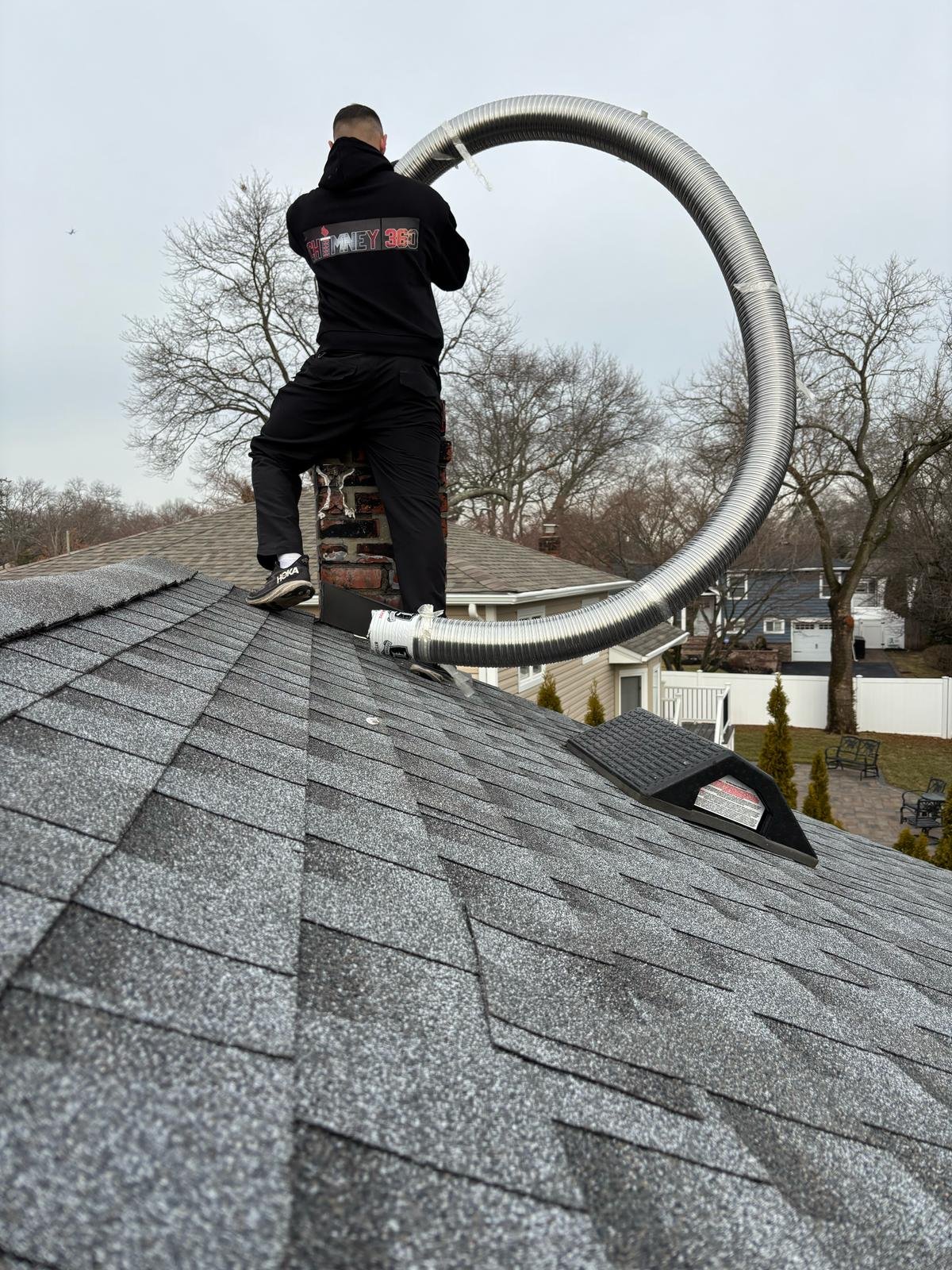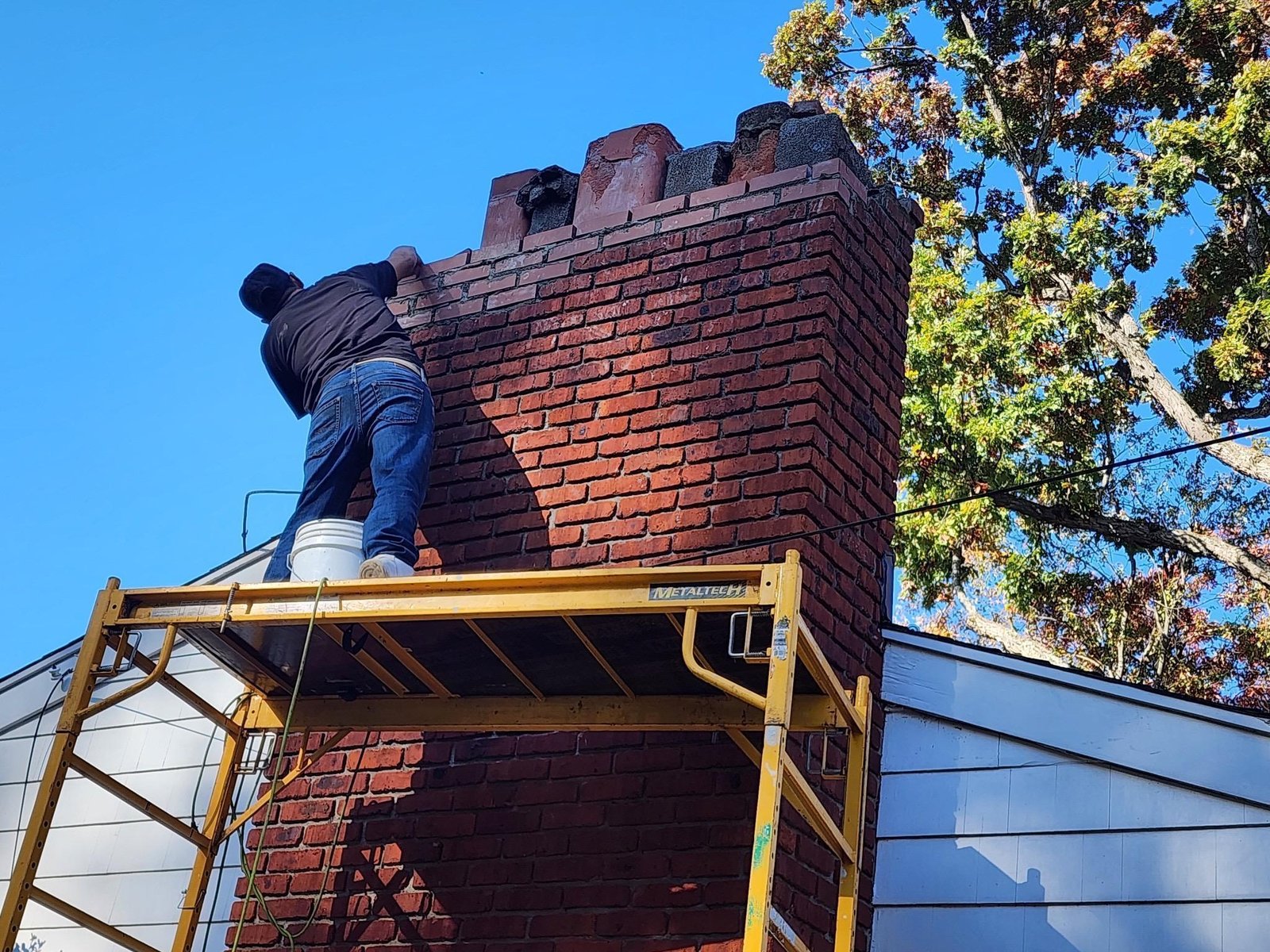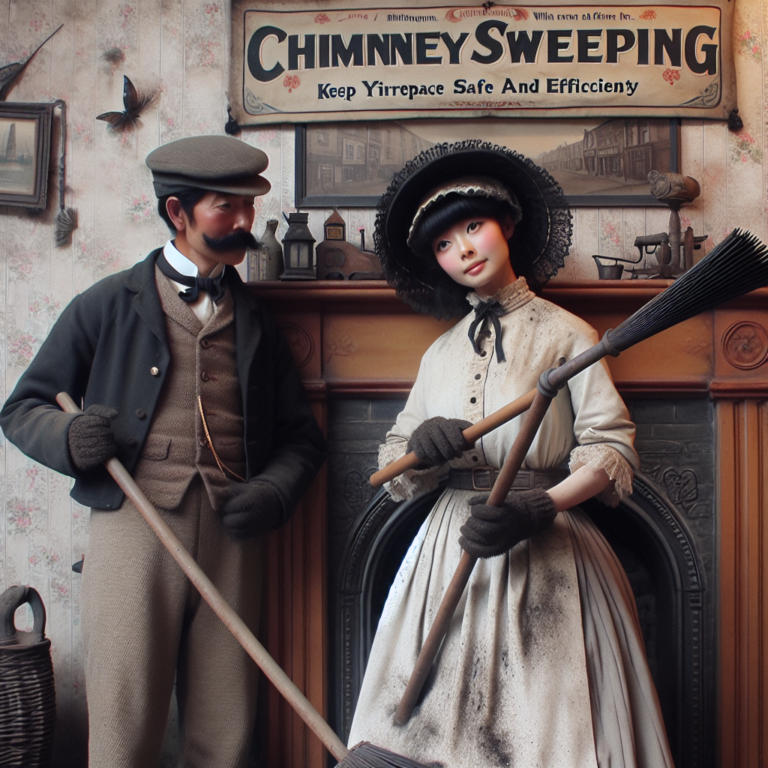-
Table of Contents
High-Quality Chimney Liner Repair & Installation


Chimney liners play a crucial role in the safety and efficiency of your home’s heating system. They protect your home from the dangers of chimney fires and carbon monoxide poisoning while improving the overall performance of your fireplace or stove. This article delves into the importance of high-quality chimney liner repair and installation, exploring the types of liners available, the benefits of professional services, and key considerations for homeowners.
Understanding Chimney Liners
Chimney liners are protective barriers that line the flue of a chimney. They can be made from various materials, including:
- Clay Tiles: Traditional and durable, clay tiles are often used in masonry chimneys.
- Stainless Steel: Highly resistant to corrosion and suitable for all types of fuels.
- Aluminum: Lightweight and cost-effective, but best for gas appliances.
- Cast-in-Place Liners: A modern solution that involves pouring a special material into the chimney to create a seamless liner.
Each type of liner has its advantages and is suited for different applications. Understanding these options is essential for making informed decisions regarding repair and installation.
The Importance of Chimney Liners
Chimney liners serve several critical functions:
- Safety: They prevent the escape of harmful gases and protect against chimney fires.
- Efficiency: Liners improve the draft, allowing for better combustion and heat output.
- Protection: They shield the chimney structure from heat and corrosive byproducts of combustion.
According to the National Fire Protection Association (NFPA), approximately 25,000 chimney fires occur annually in the United States, often due to improper maintenance and lack of liners. This statistic underscores the importance of having a properly installed and maintained chimney liner.
Signs You Need Chimney Liner Repair or Replacement
Homeowners should be vigilant for signs that indicate the need for chimney liner repair or replacement:
- Cracks or Gaps: Visible damage to the liner can lead to dangerous leaks.
- Rust or Corrosion: Particularly in metal liners, rust can compromise structural integrity.
- Smoke Backdraft: If smoke enters your home instead of exiting through the chimney, it may indicate a blockage or liner issue.
- Frequent Creosote Buildup: Excessive creosote can indicate poor draft or liner problems.
If you notice any of these signs, it’s crucial to consult a professional for an inspection and potential repair or replacement.
Benefits of Professional Chimney Liner Installation
While some homeowners may consider DIY repairs, hiring a professional for chimney liner installation offers numerous benefits:
- Expertise: Professionals have the training and experience to assess your chimney’s condition accurately.
- Quality Materials: They can recommend and source high-quality materials that meet safety standards.
- Compliance: Professionals ensure that installations comply with local building codes and regulations.
- Warranty: Many professional services offer warranties on their work, providing peace of mind.
For example, a case study from a local chimney service revealed that homes with professionally installed stainless steel liners experienced a 30% increase in heating efficiency, leading to significant savings on energy bills.
Conclusion
High-quality chimney liner repair and installation are essential for maintaining a safe and efficient home heating system. By understanding the types of liners available, recognizing the signs of damage, and opting for professional services, homeowners can protect their families and improve their home’s performance. With the right care and attention, your chimney can provide warmth and comfort for years to come. Remember, investing in a quality chimney liner is not just a home improvement; it’s a commitment to safety and efficiency.










